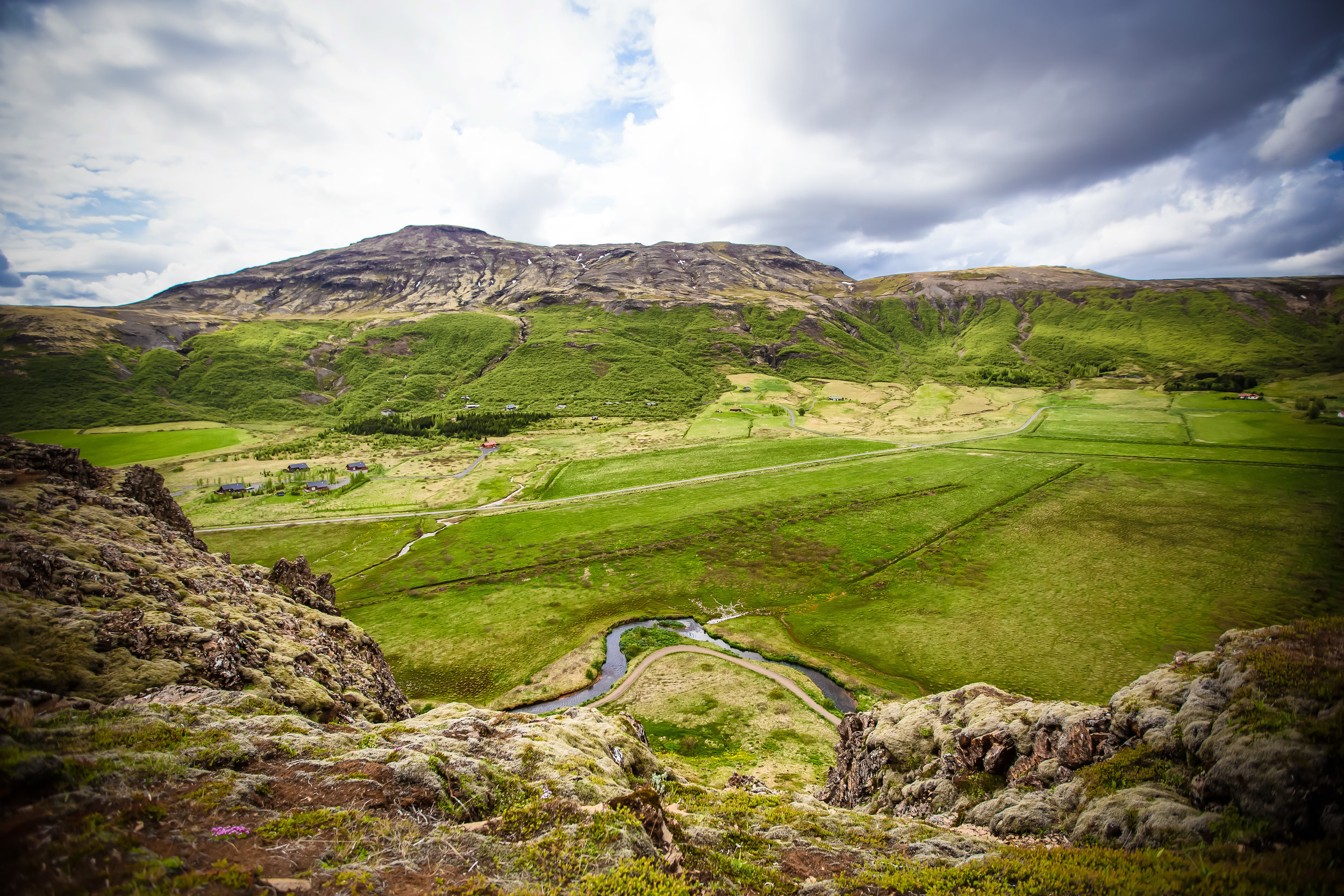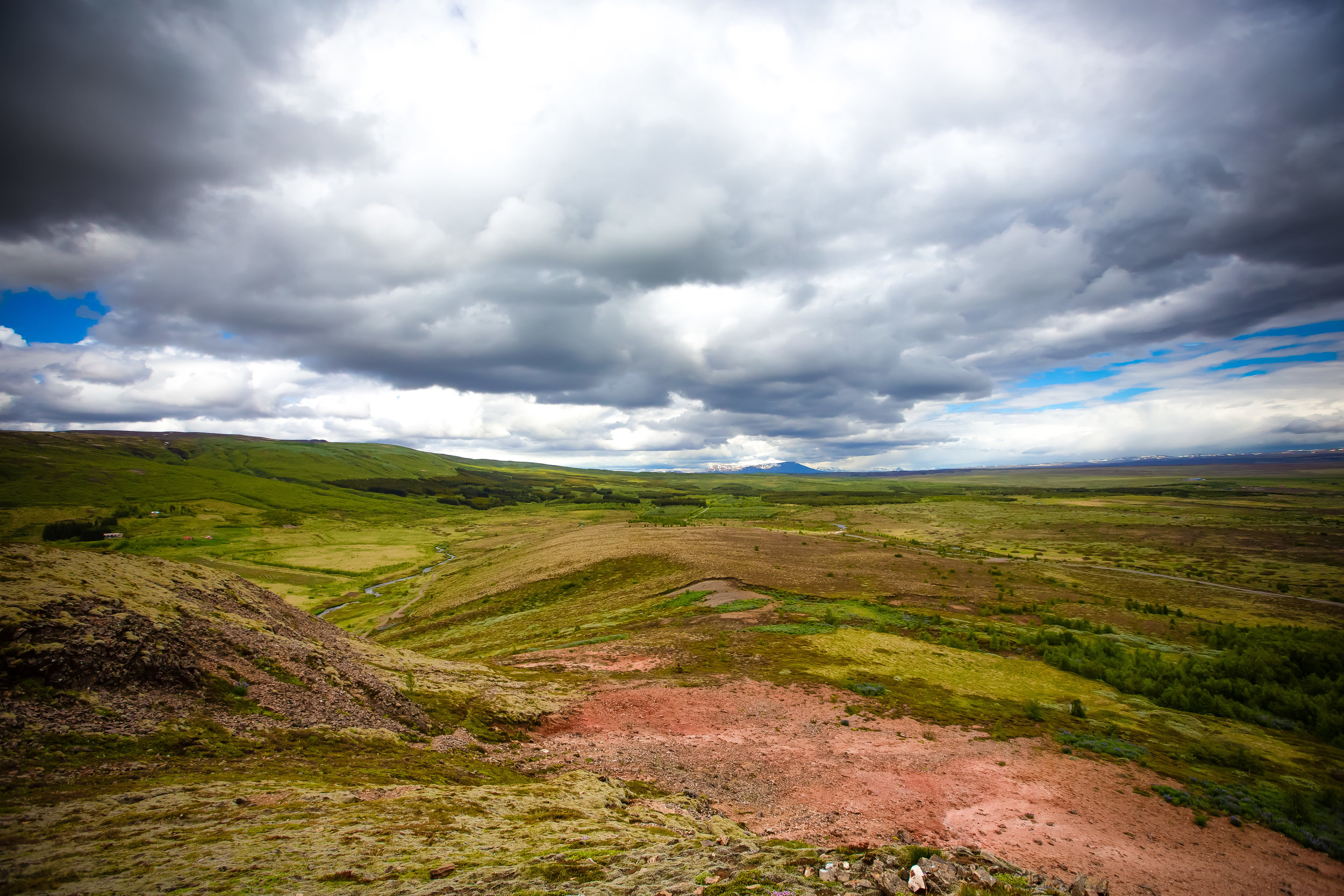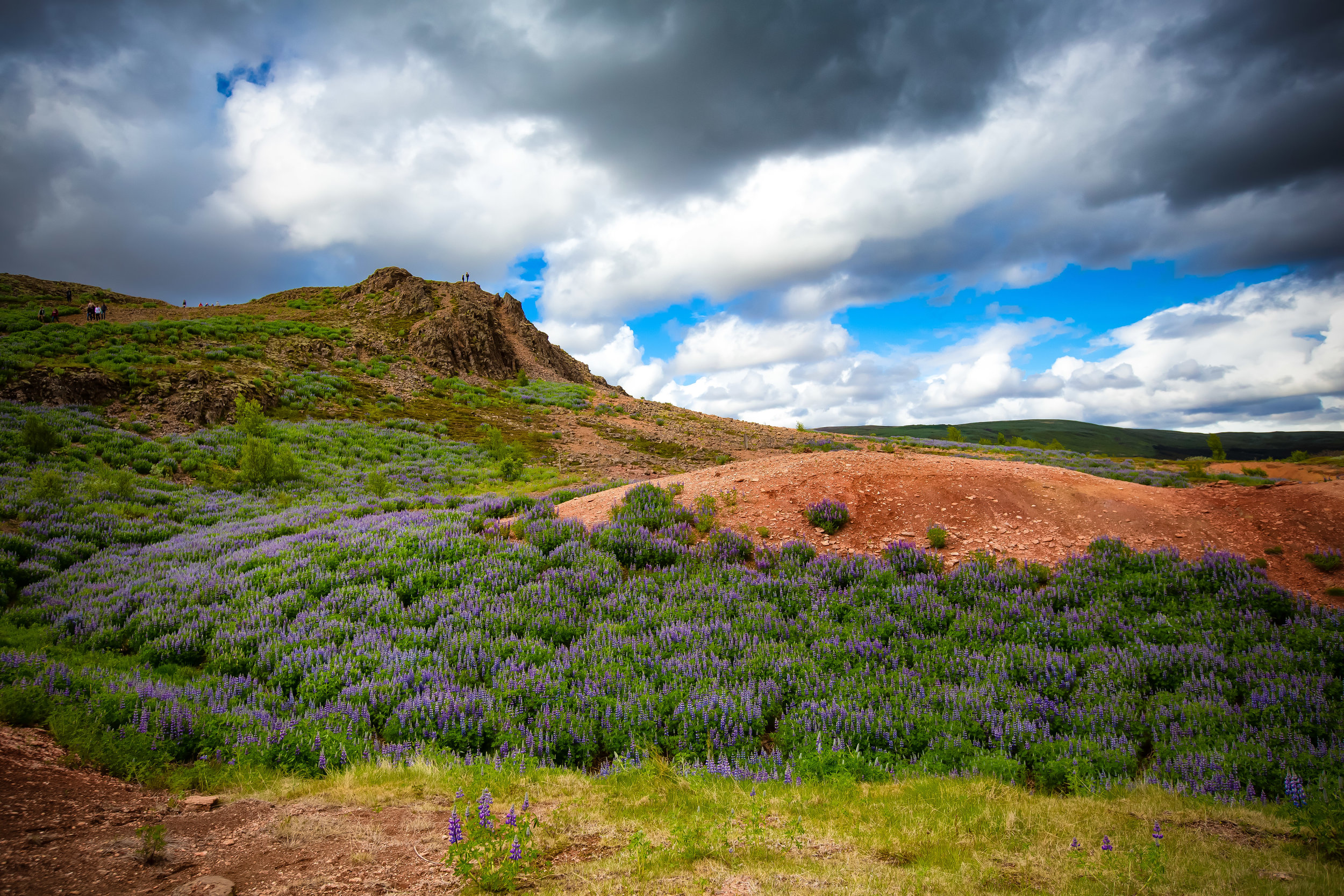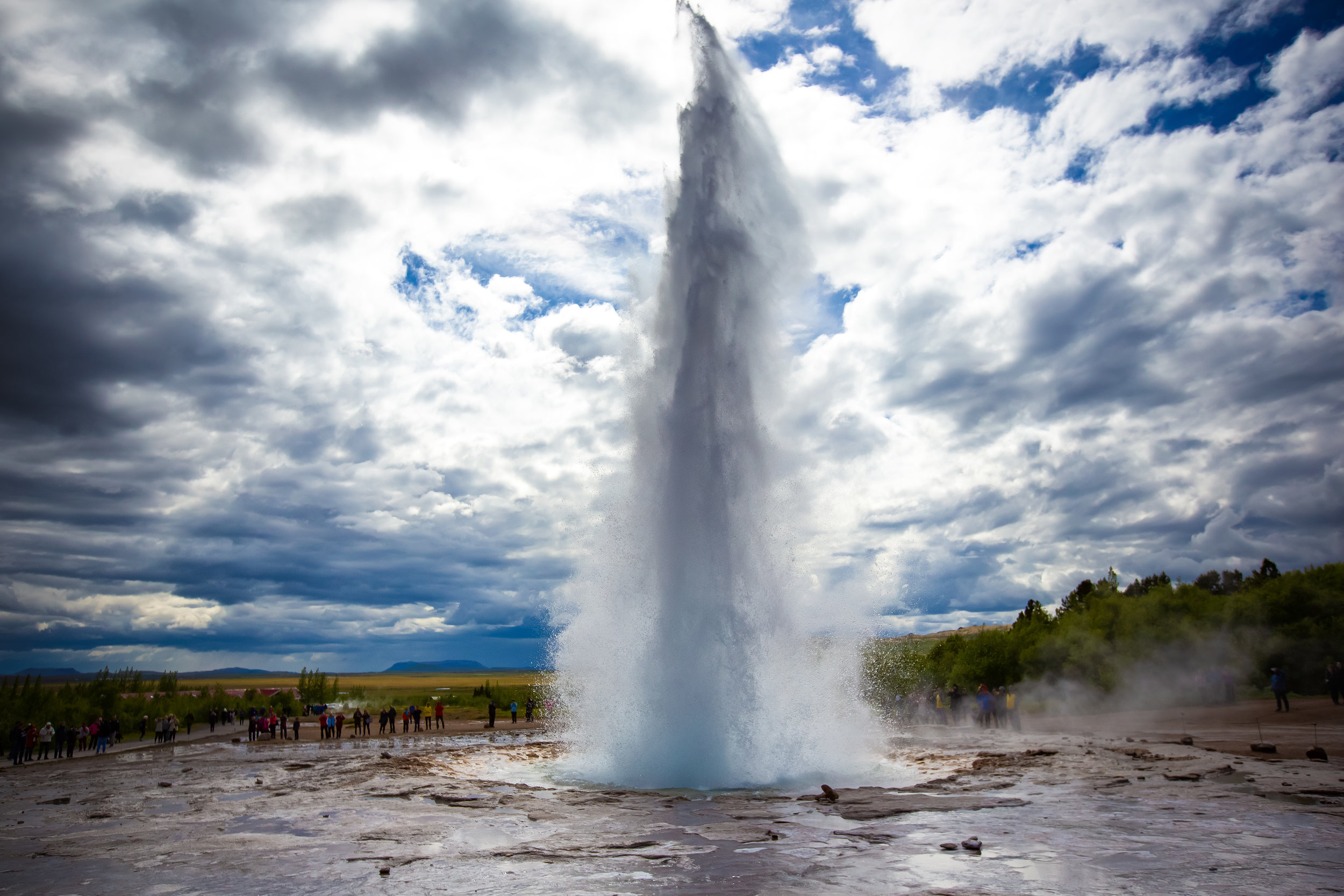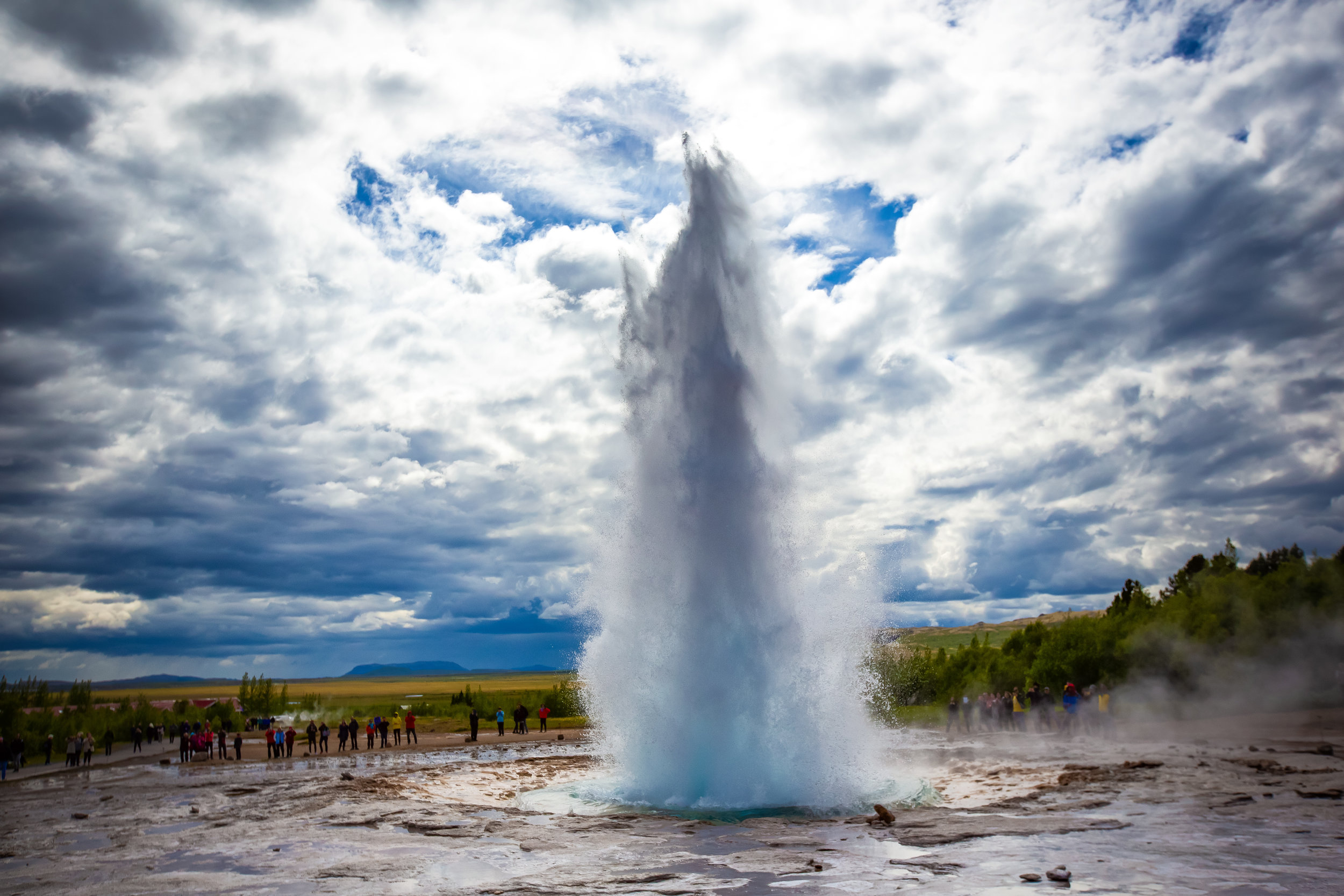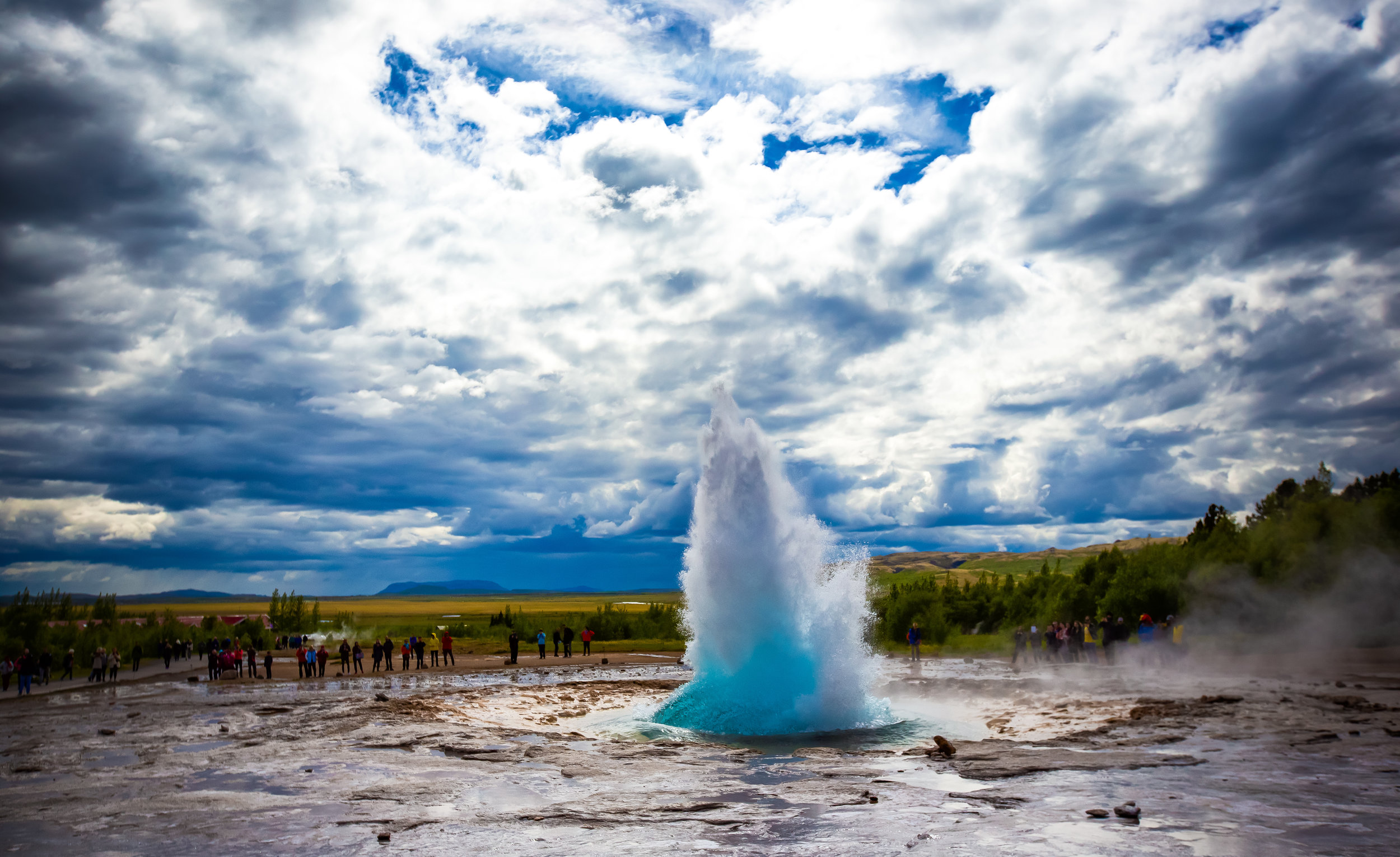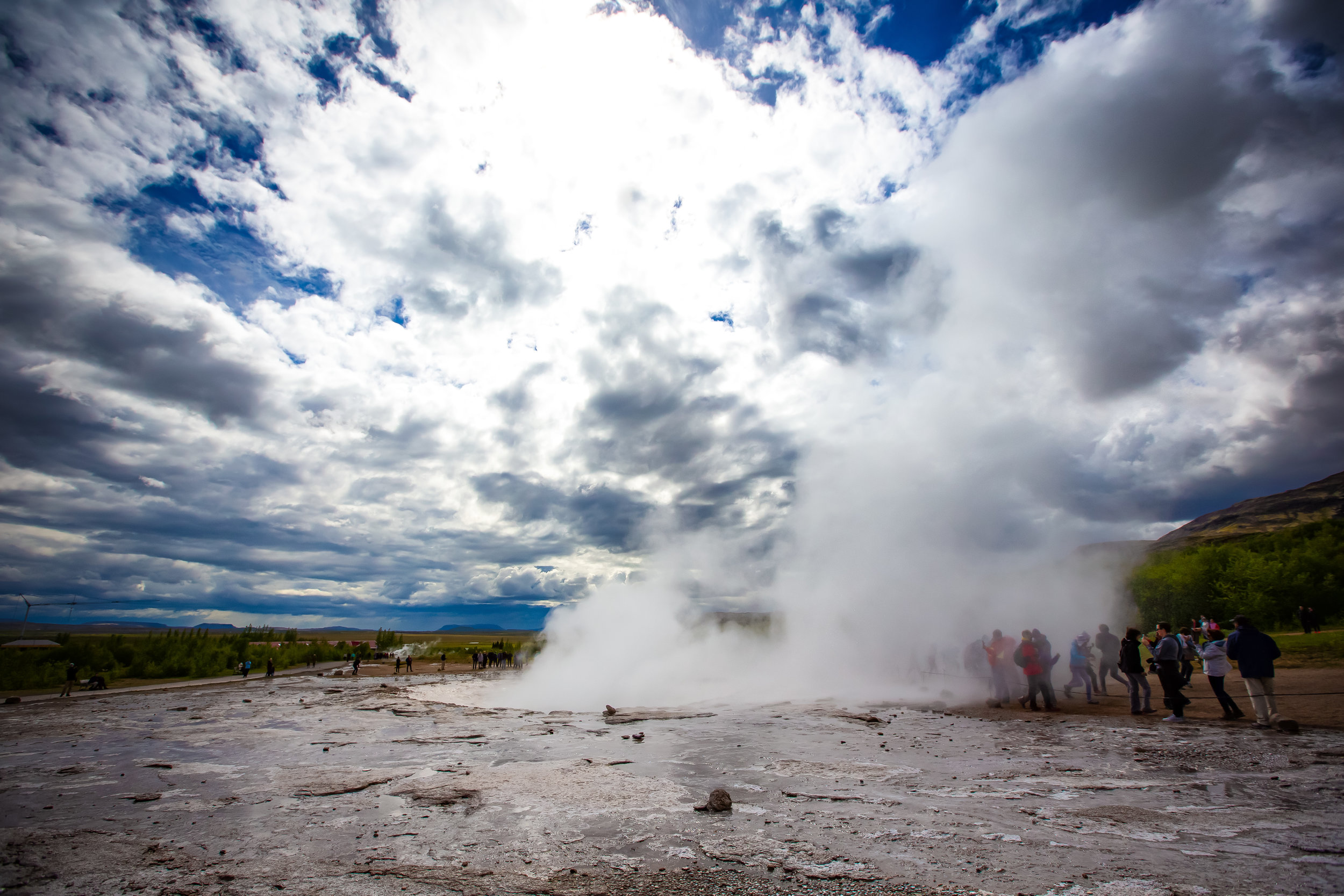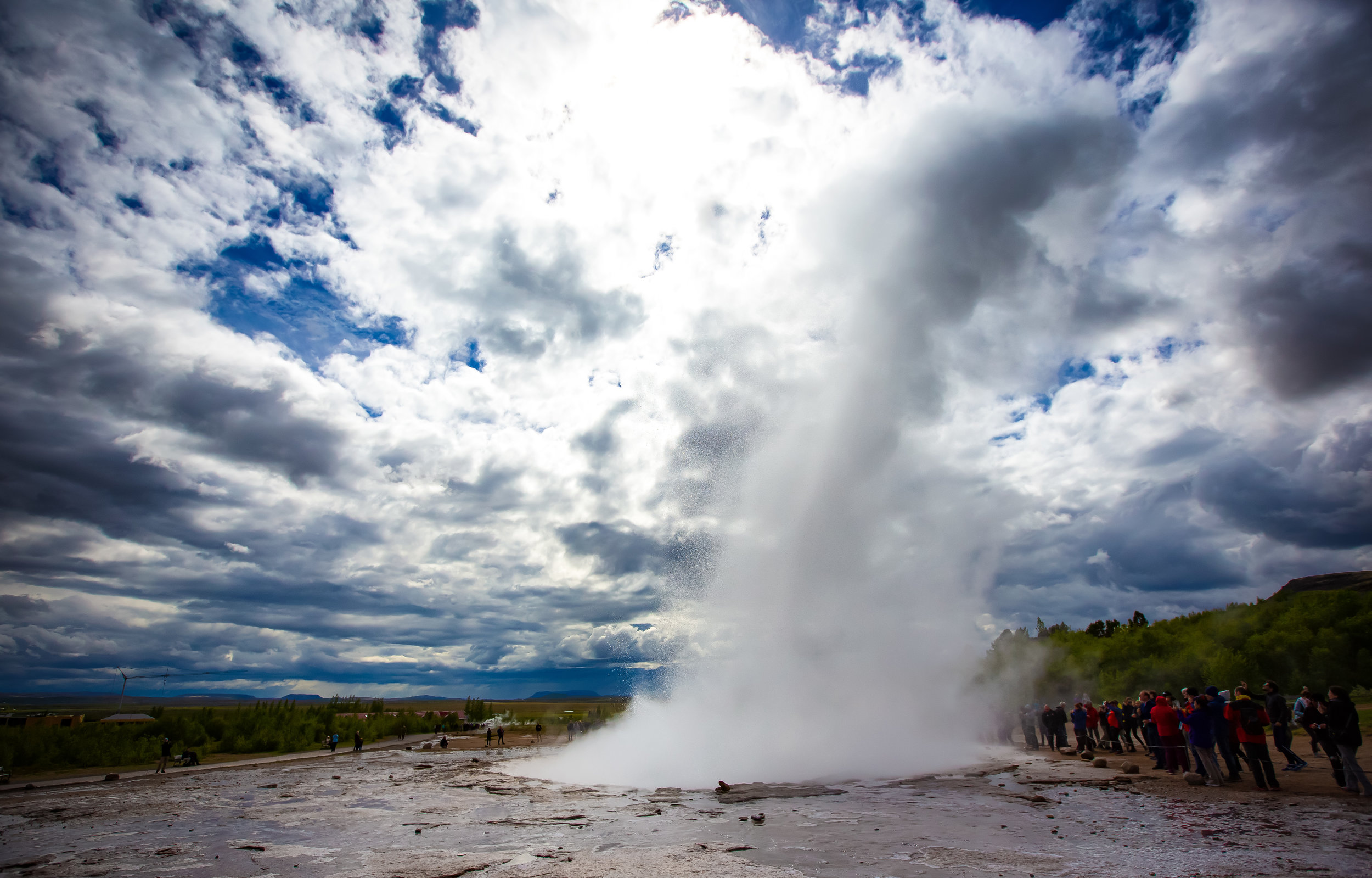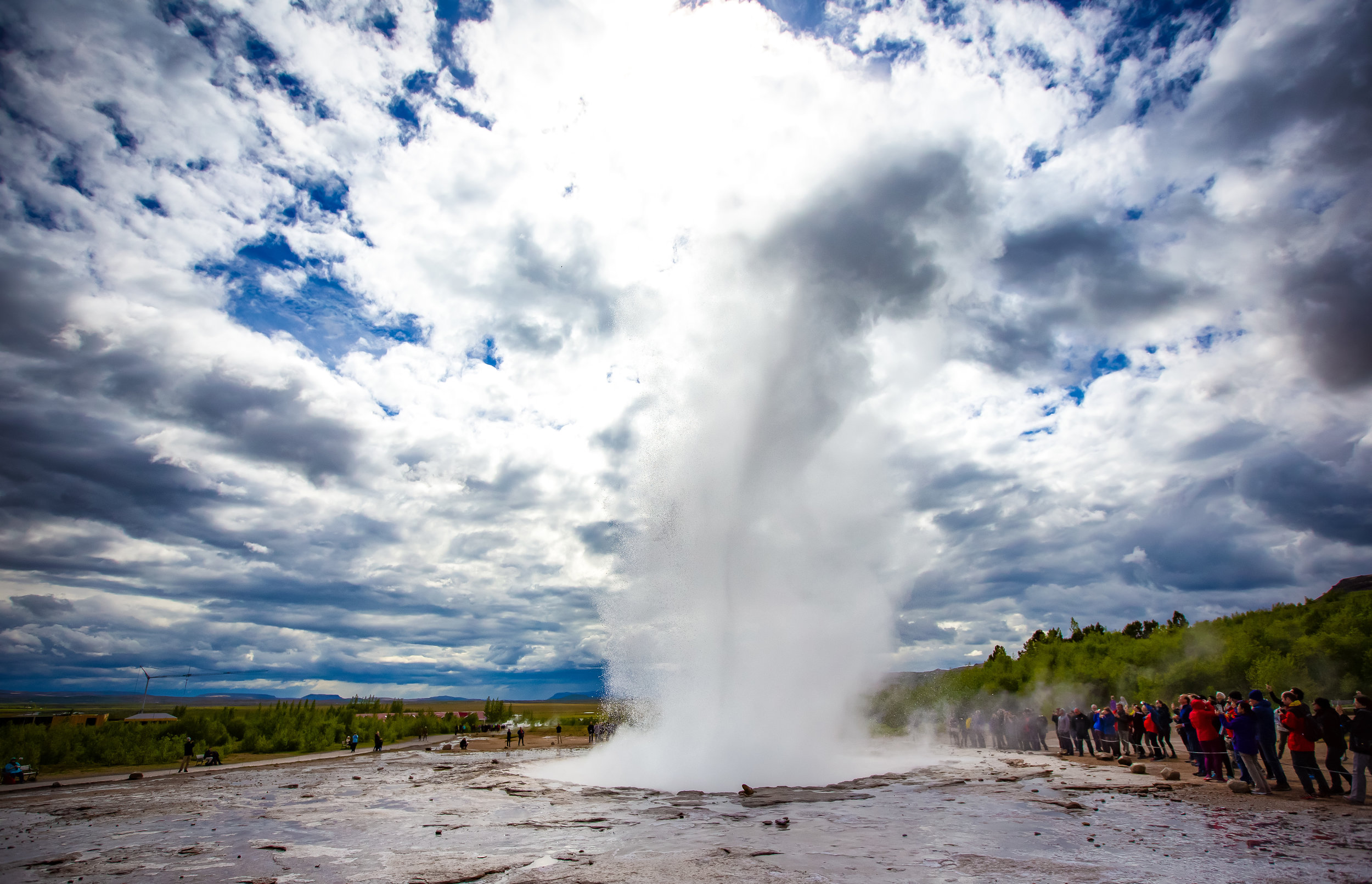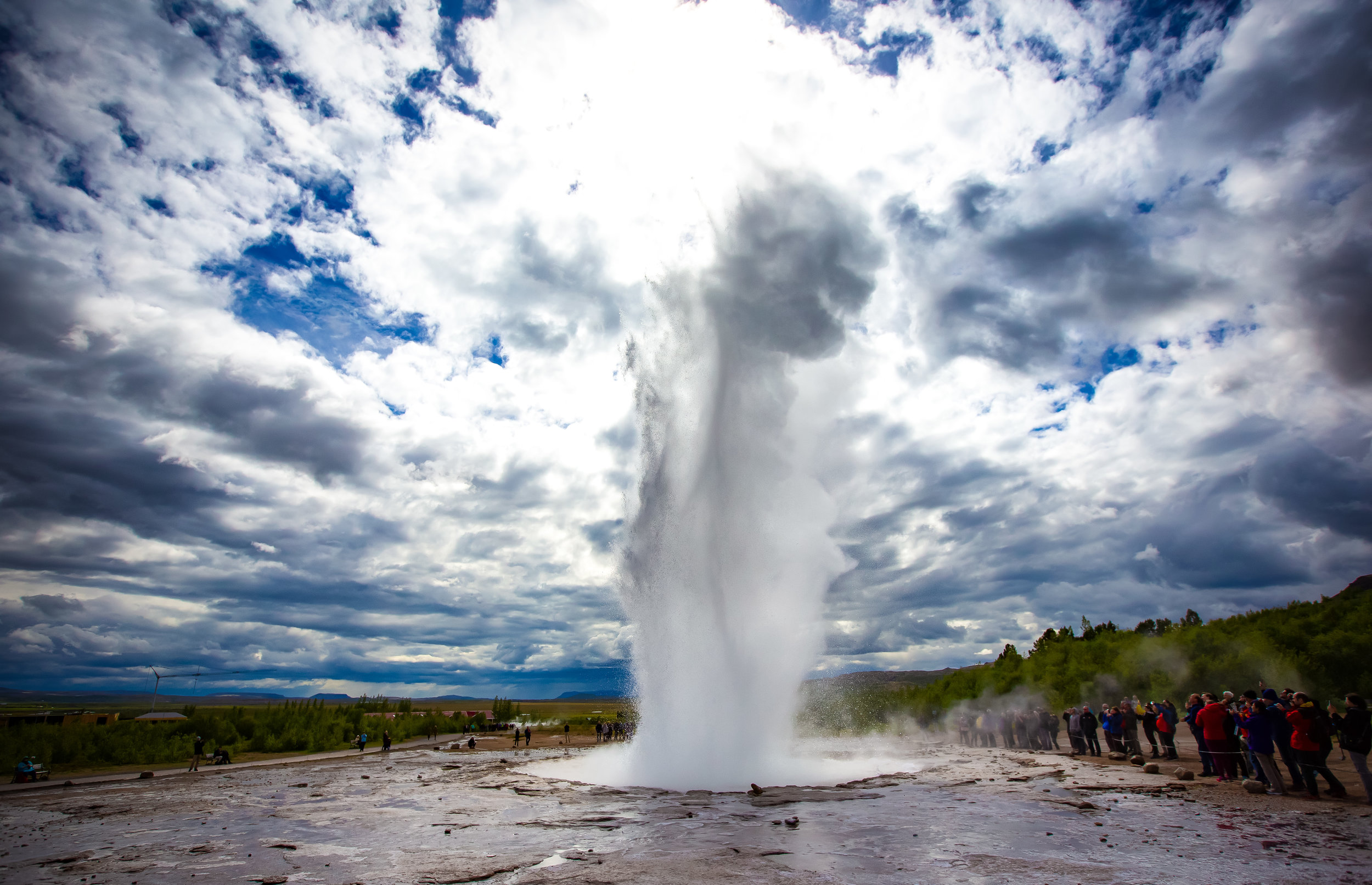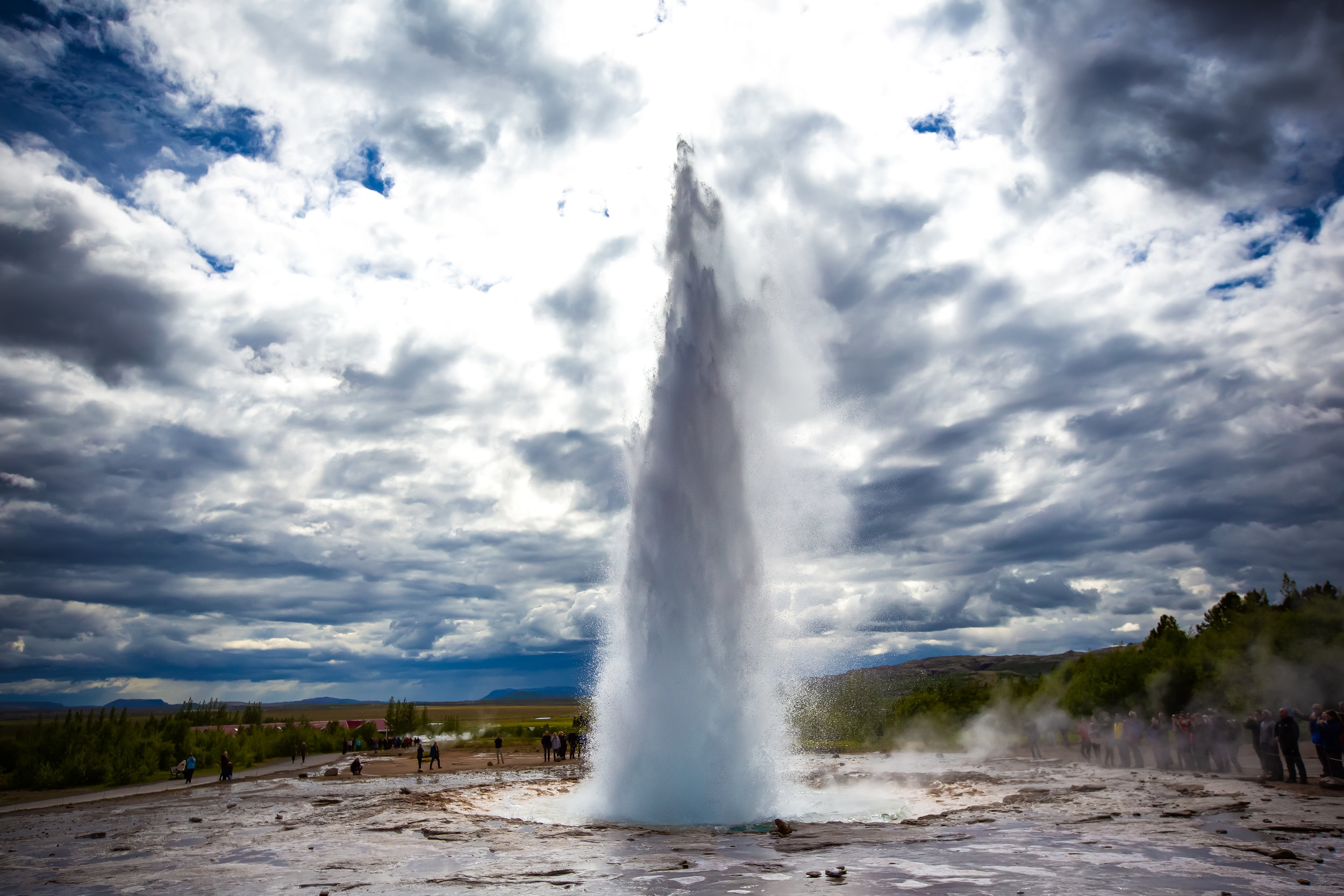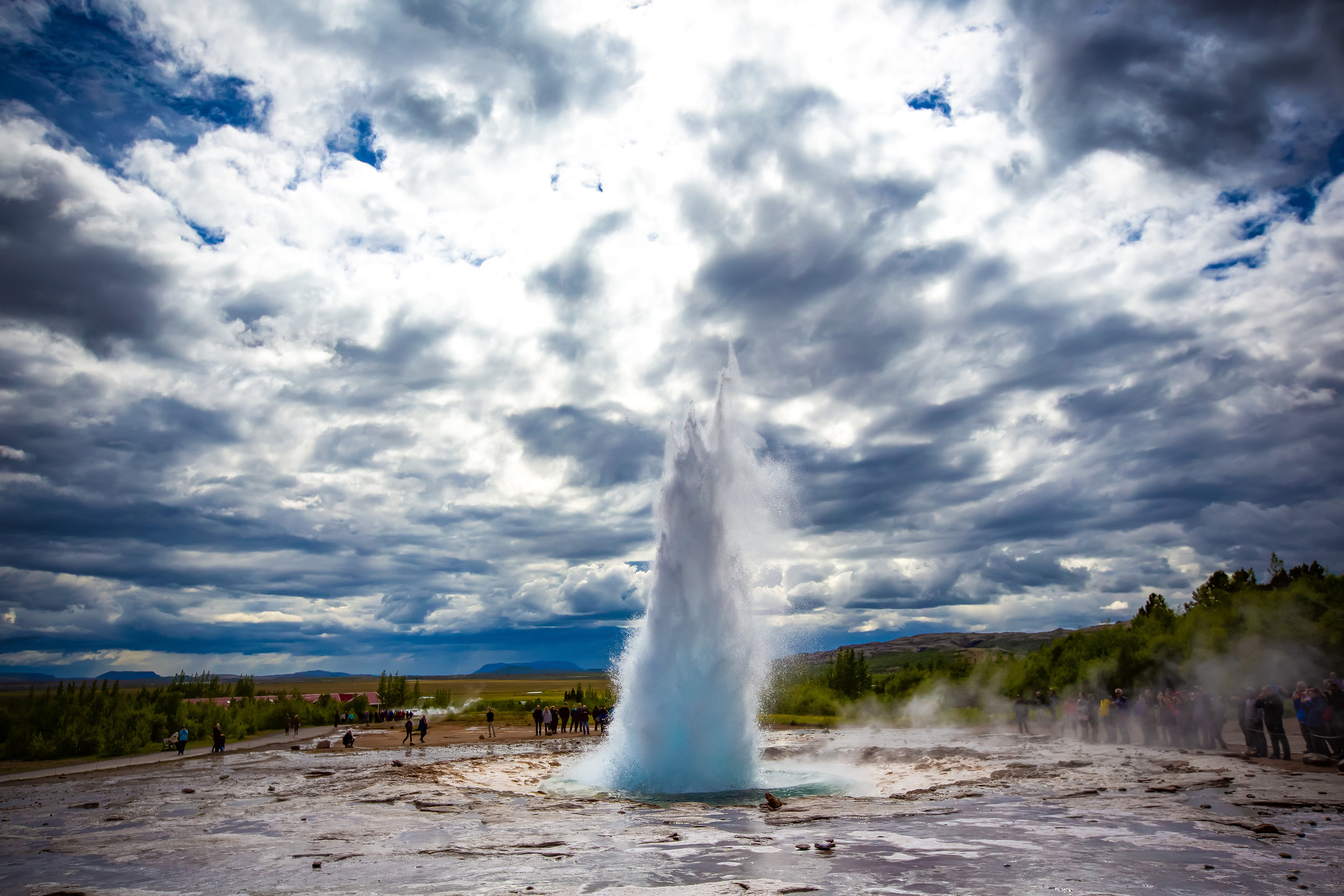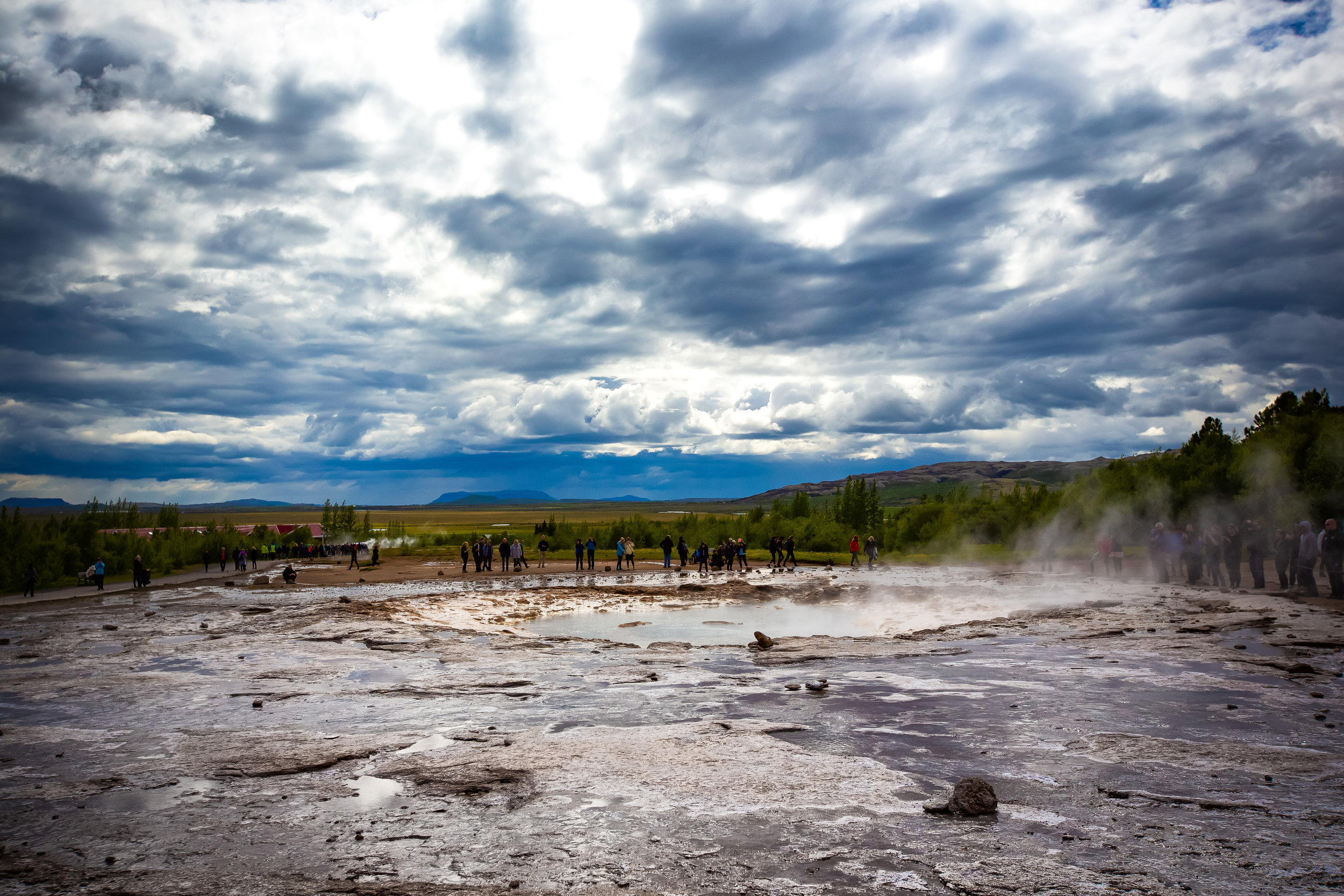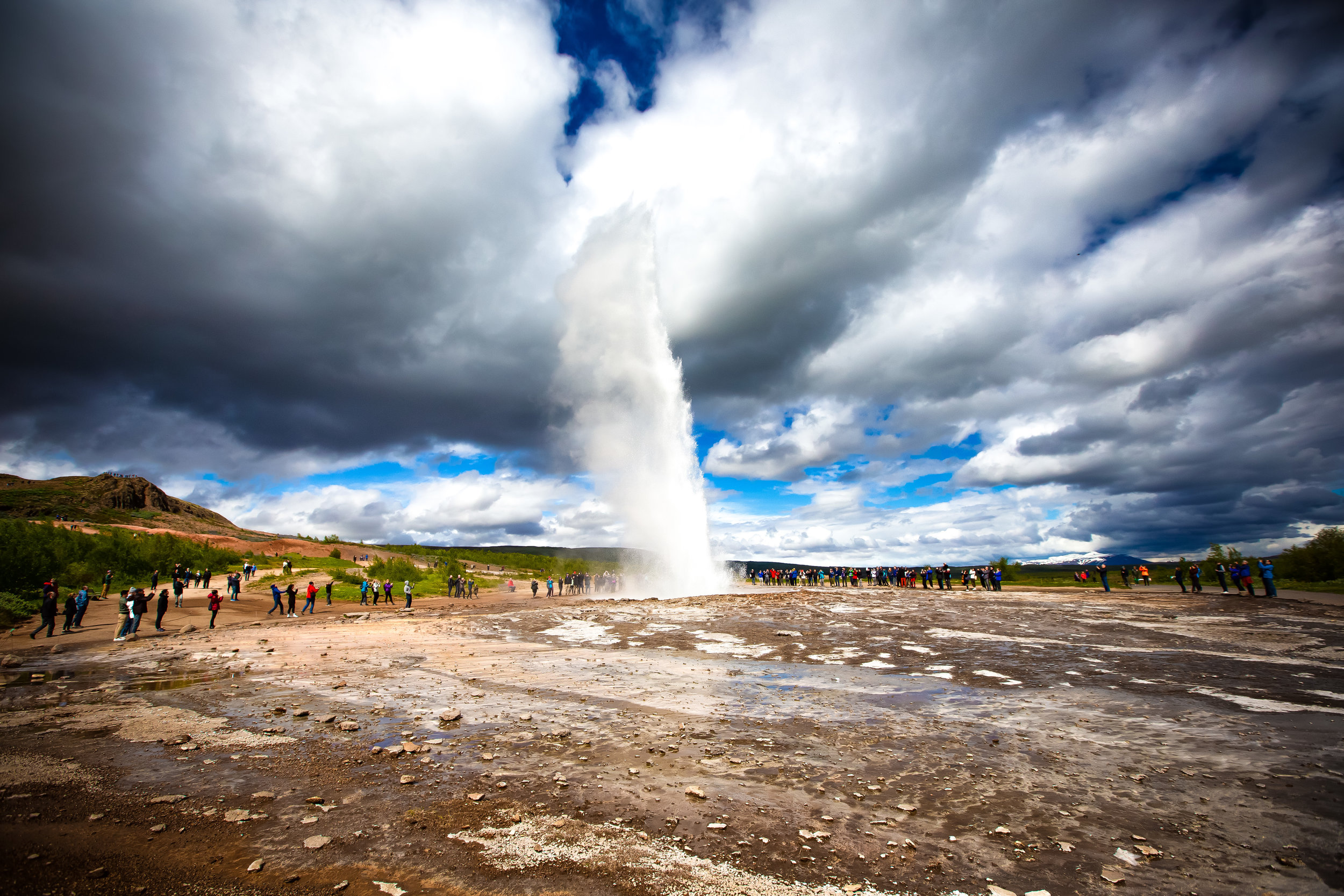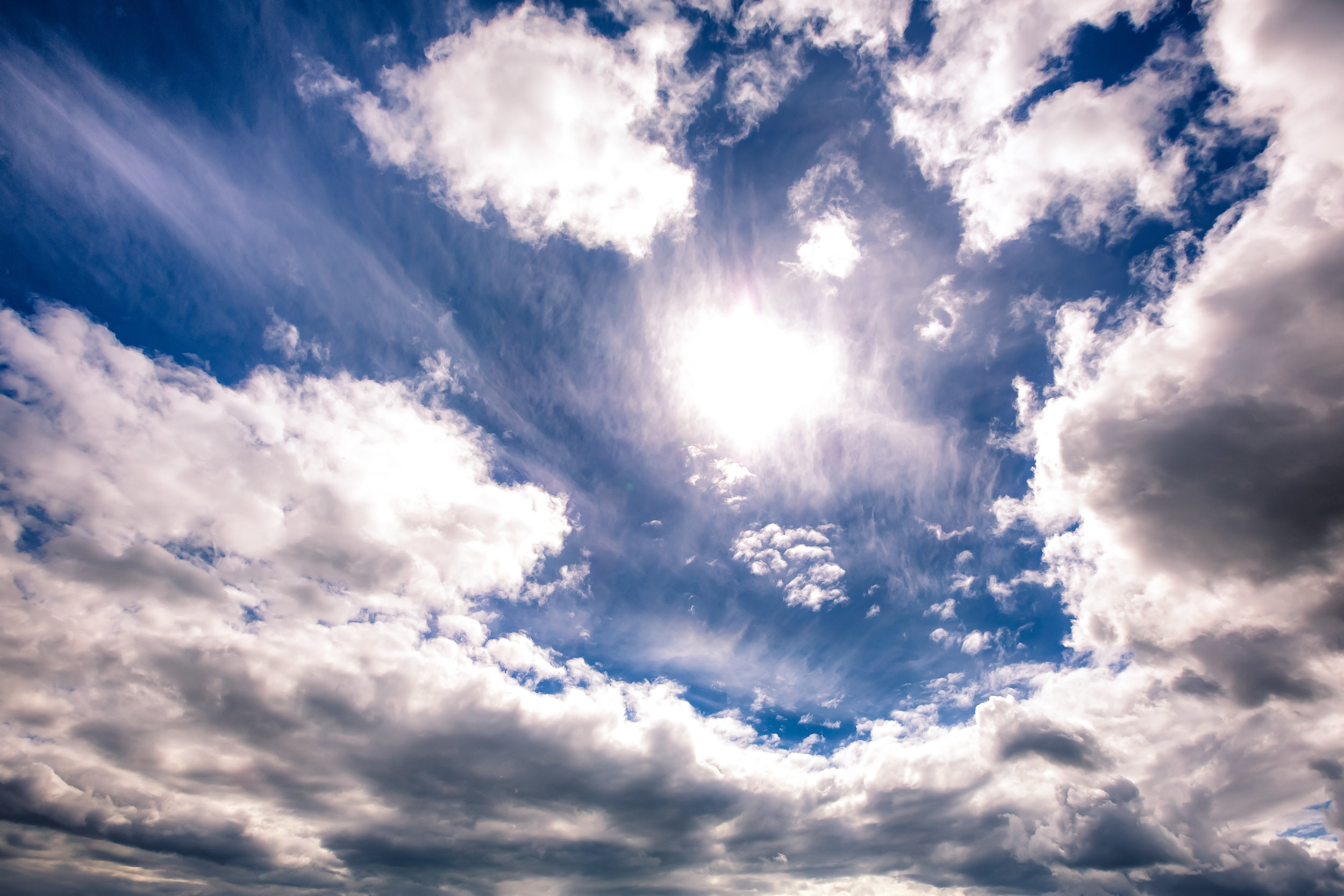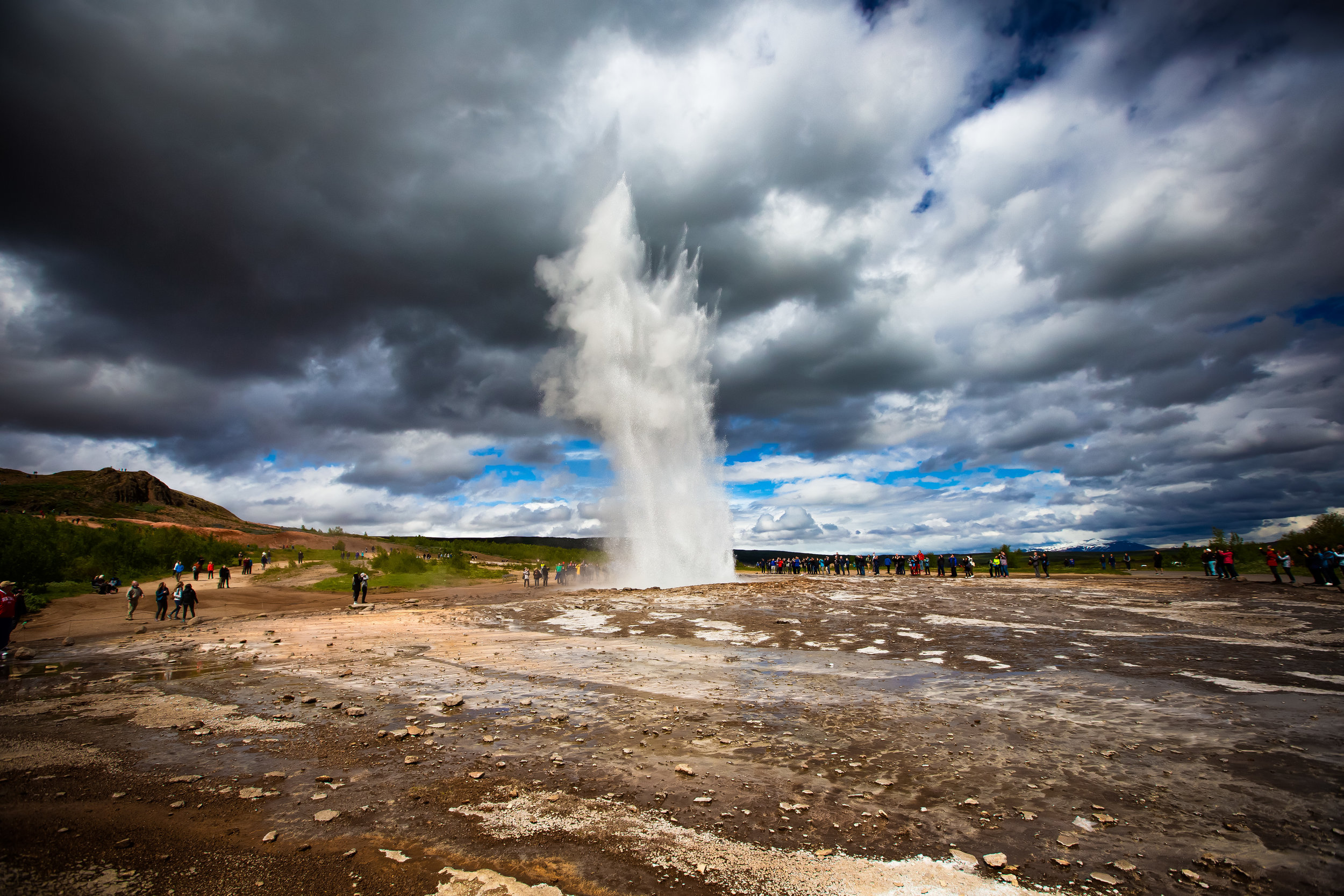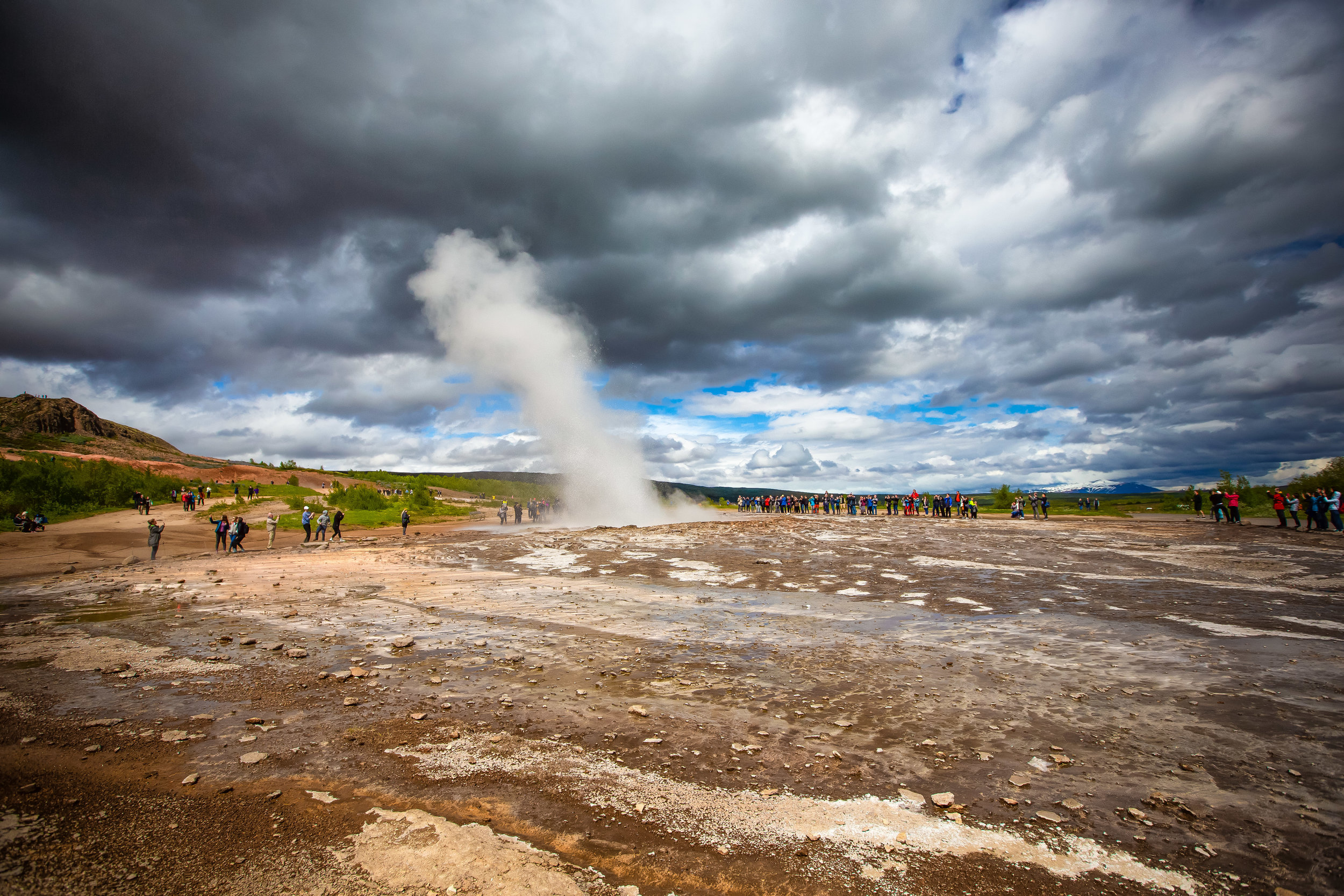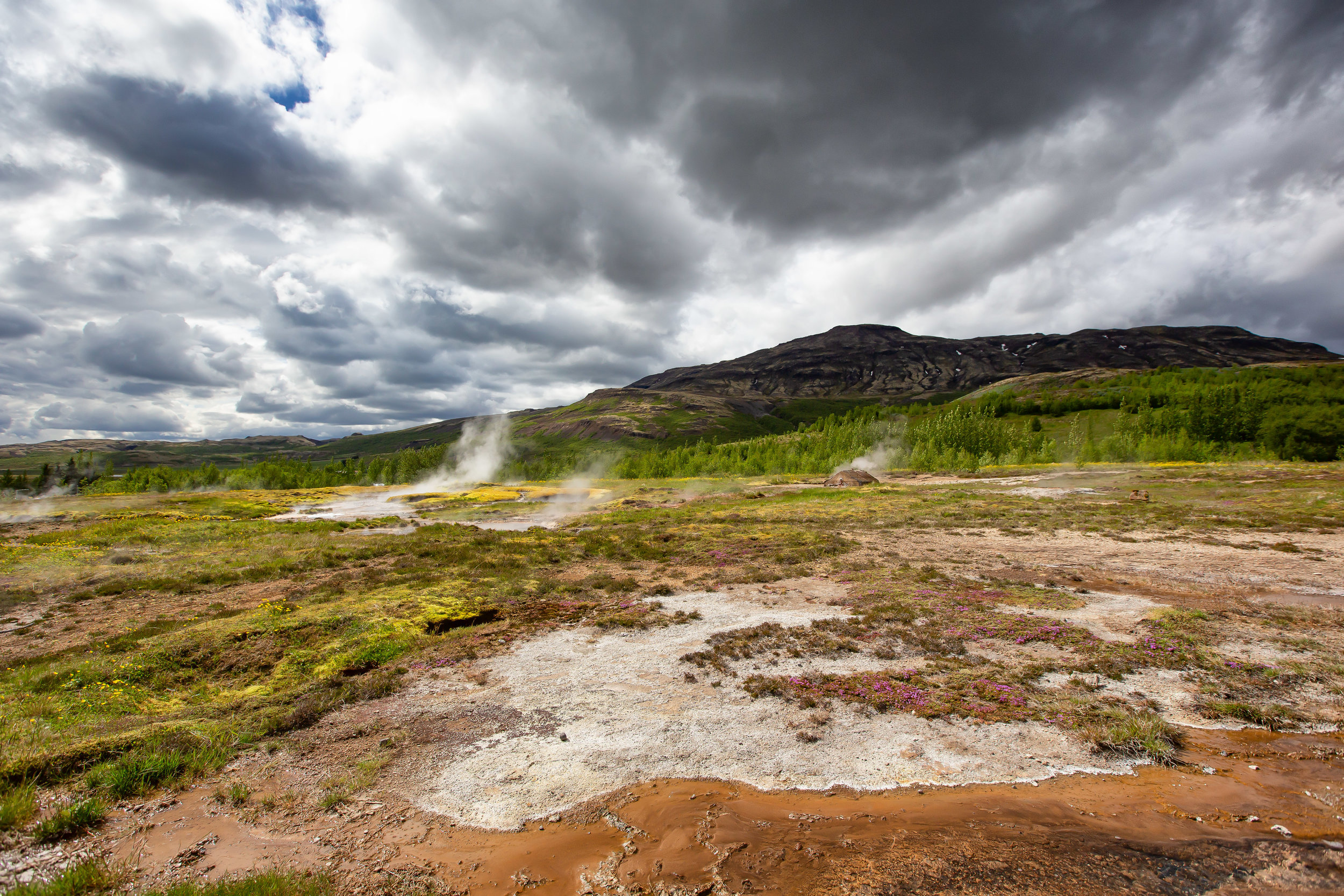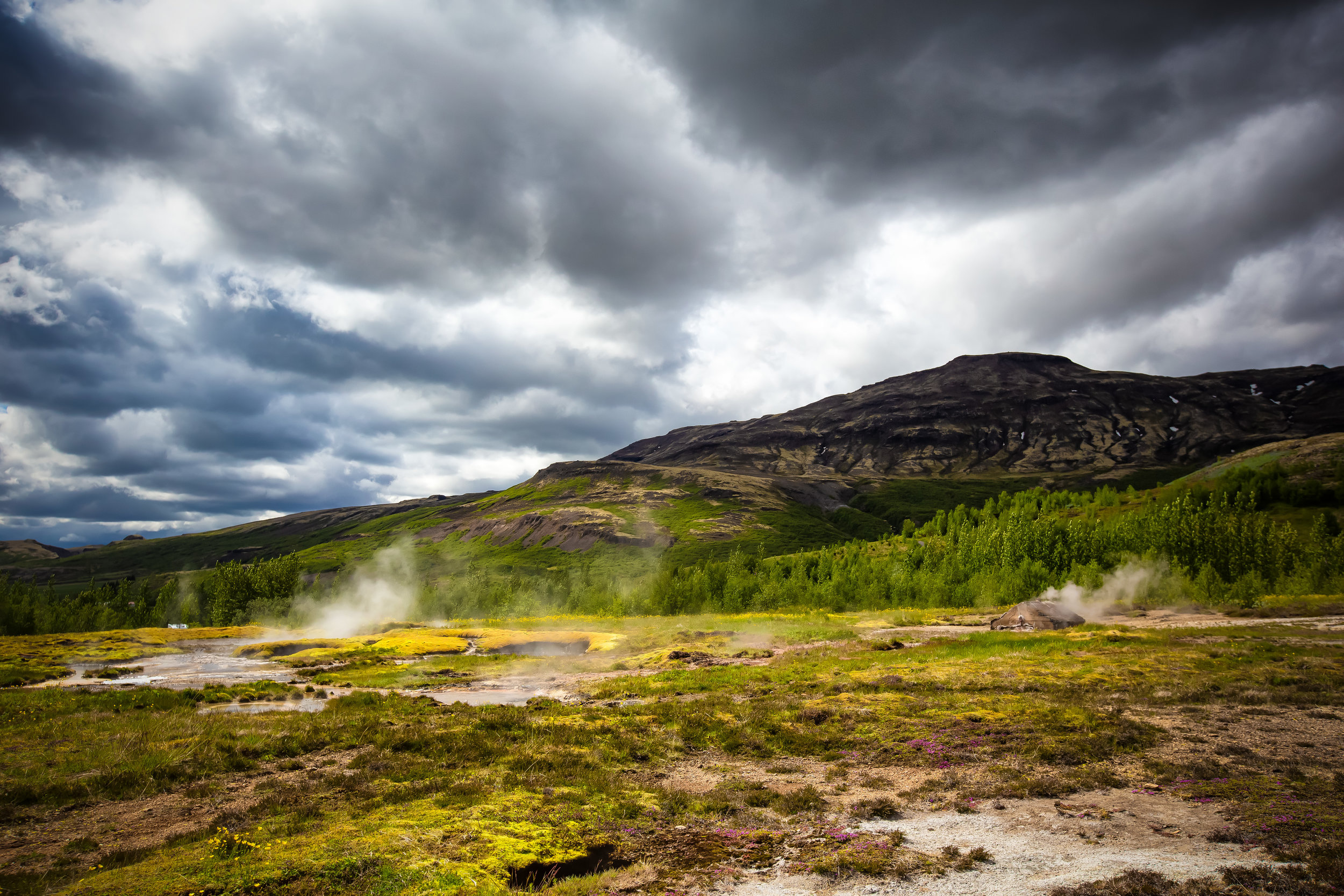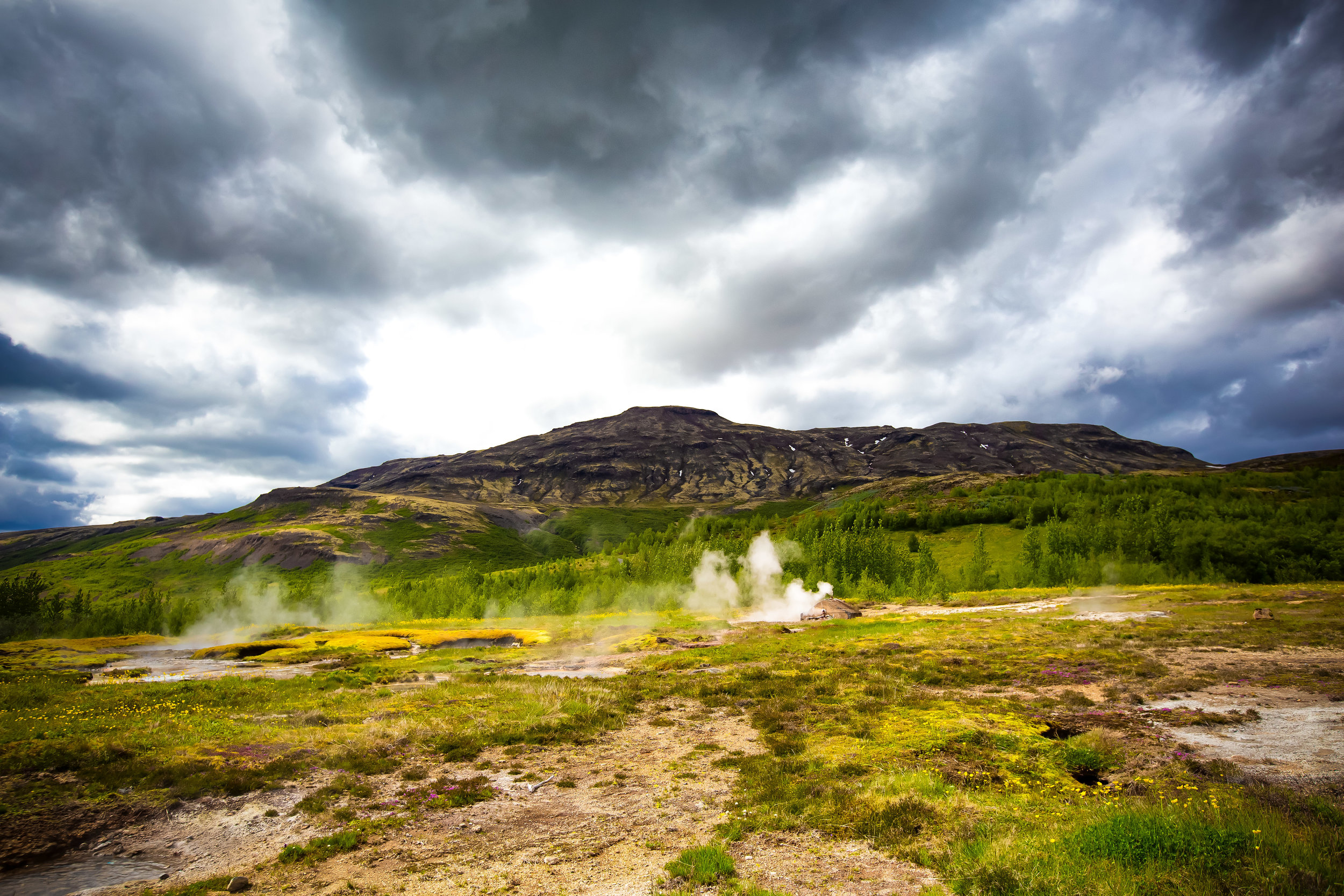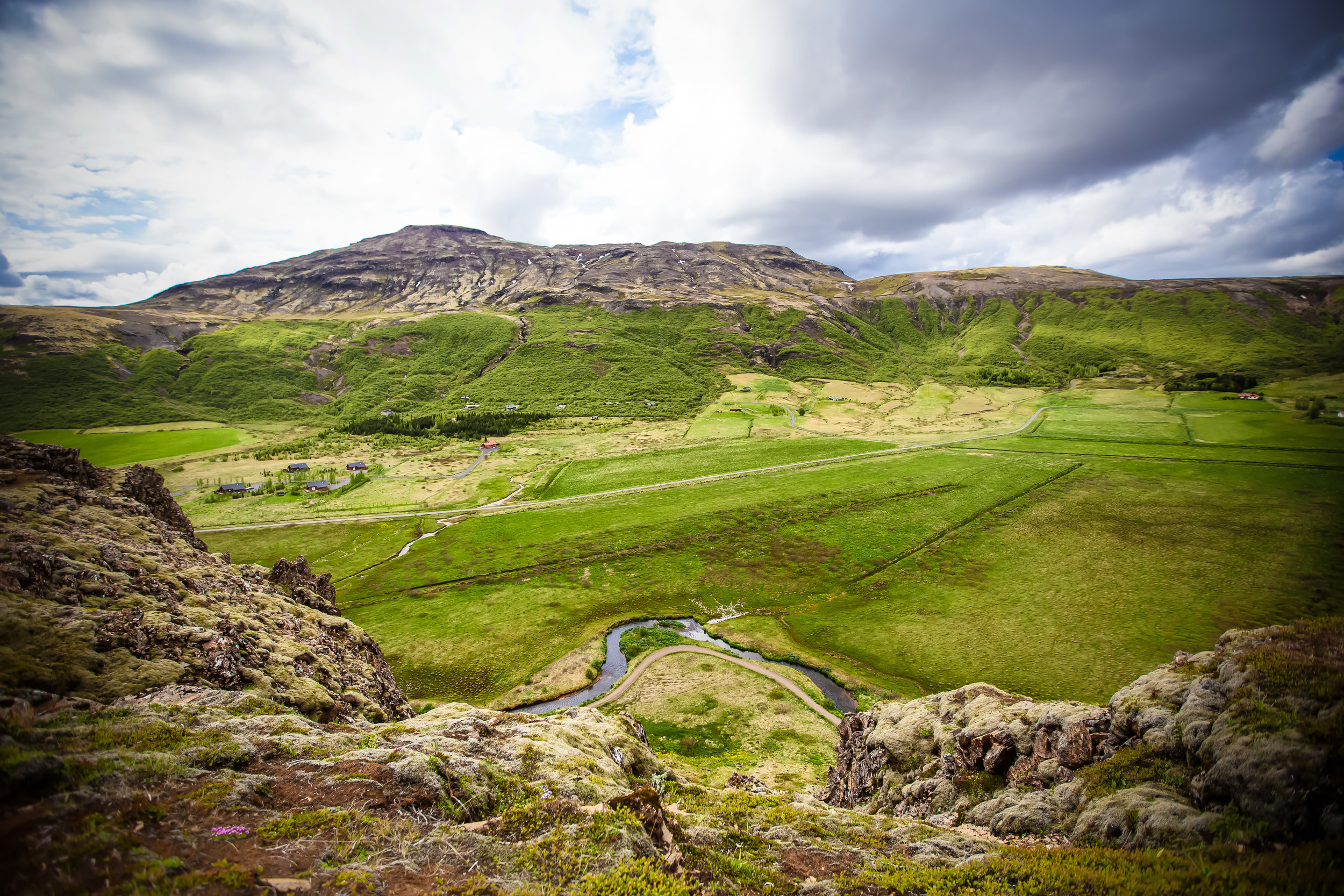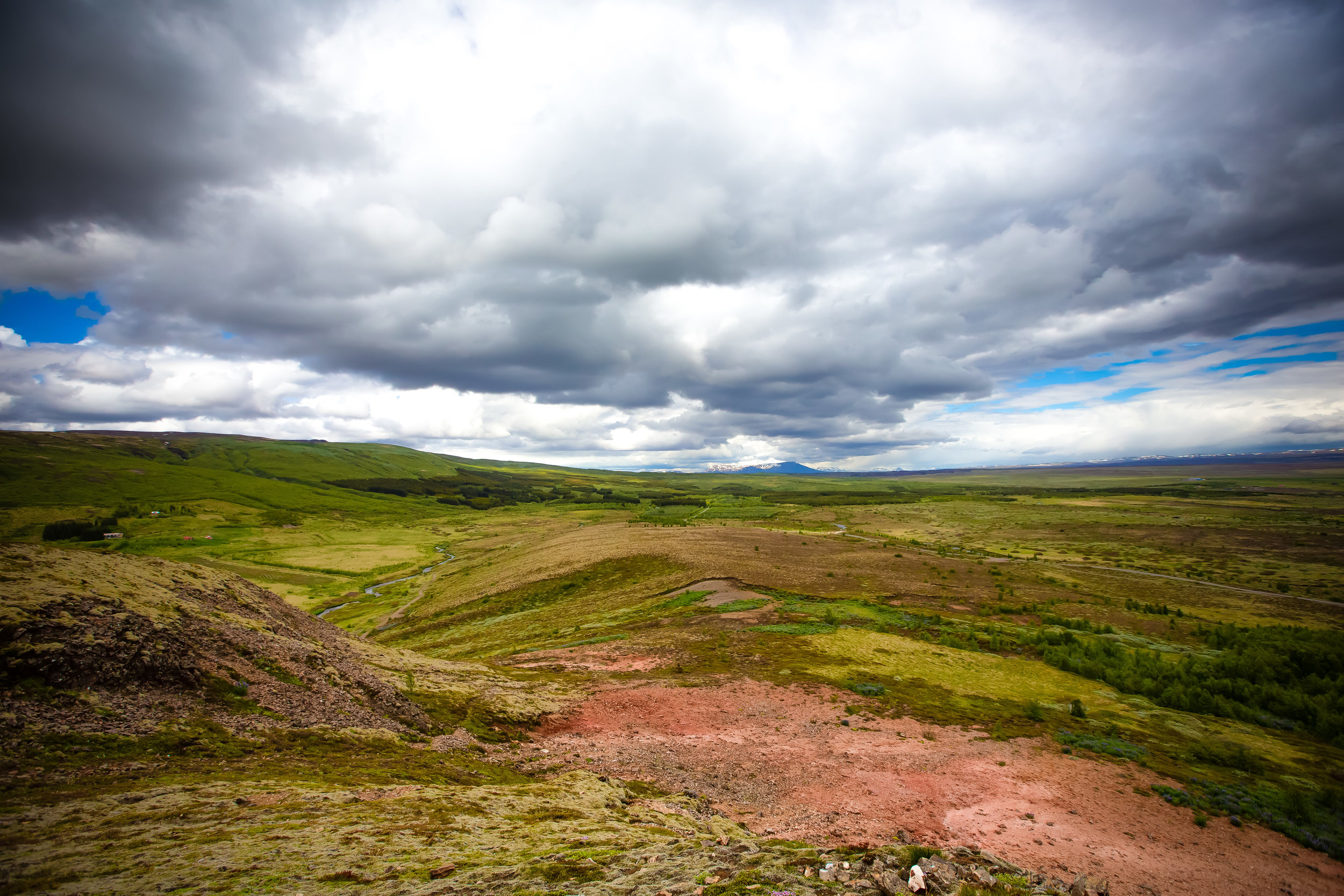It should be no surprise that when directors were looking for filming locations for the upcoming television series ‘The Game of Thrones’ that the fictional ‘Land of Ice and Fire’ be filmed in a spot where both ‘ice’ and ‘fire’ are so prevalent in the natural environment - Iceland was the perfect location to ensure that the words of George RR Martin translated so well to the screen.
In the years since the television series became a worldwide phenomenon, tourists have been attracted to the country wanting to experience the real-world ‘Land of Ice and Fire’ where massive waterfalls, hikes over vast glaciers and active volcanoes and the raw power of the earth is always on display.
The nickname is a fitting one but the major difference is that in real life, Icelanders have learned to harness the so-called ‘fire’ to construct beautiful hot spring baths and swimming pools all over the country. In addition to to hot springs, the people of the country are afforded the luxury of drinking volcanic tap water and taking their daily showers in some of the cleanest water on the planet.
This is possibly why Icelanders are some of the healthiest in the world!
The Geysir Geothermal Area however is not a place where that power can be harnessed (people have tried) and its also not one where you’ll be able to enjoy a relaxing hot spring bath. The water is so hot that even in the middle of winter, the pools are boiling and often erupt with massive geothermal power.
You do however get a front row seat to the power of the so-called Land of Ice and Fire and its a show that you’re not going to want to miss.
What Are Geysers?
North American visitors to Iceland are likely familiar with the geysers of Yellowstone National Park - it’s unlikely however that most travellers are aware that the word “geyser” originated in this exact location.
Coming from the old Norse word “geysa” which means to gush or rush forth, the word has been borrowed by the English language to describe these beautiful forces of nature.
Geyser’s are essentially a rare geological phenomenon that are found only in a few locations around the Earth - To make an analogy, geysers are like natural “teapots” which boil and build up immense heat and pressure before they eventually burst with steam.
The sight of that steam and hot water bursting out of the earth in such a spectacular fashion is a natural event that has fascinated people for probably as long as humans have existsted.
To put it simply, there are a few factors that must be met before a geyser can be formed:
They are always found in areas rich in volcanic activity.
There is an ample supply of groundwater as well as subsurface water reservoirs.
There has to be fissures in the earth that allow hot water to travel to the surface.
There are currently around a thousand ‘active’ geysers in existence around the planet with the highest concentrations found in the United States, Russia, Chile, New Zealand and Iceland. The ‘temporary’ nature of geysers though means that over history many of them have already gone extinct or entered long periods of dormancy which makes counting them somewhat difficult.
When all the conditions are met for the formation of a geyser, it spends the next thousand or more years acting as a temporary vent allowing the earth to periodically release steam that has built up beneath the surface.
The frequency of a geyser’s eruptions depends primarily on the geothermal activity happening deep underground - Some geysers may erupt a few times every hour others may only become active once every decade.
Hundreds of years ago, visitors would have to wait around all day hoping for something to happen but today scientists are able to predict the average intervals between each eruption, their duration and their height making a visit to a geyser much more rewarding and less time consuming.
Links: What is a Geyser (Scientific American) | What is a Geyser (geology.com)
The Geysir Geothermal Area
Even though Iceland’s ‘Great Geysir’, the namesake for all of the world’s geysers, is currently dormant, the area around it has several other active geysers and hot spring pools that are still very much active.
Currently the most active geyser in the park is known as “Strokkur” which erupts every five-to-ten minutes each of which reaching heights of anywhere between twenty to forty meters.
The Great Geysir on the other hand (a short walk from Strokkur) only erupts once every few years - When it does though it reaches heights of anywhere between seventy to eighty meters.
One eruption almost two decades ago was recorded as having a height of 122 meters.
Written records indicate that the area has been attracting sightseers since well before the 13th century but studies indicate that the Great Geysir has existed for much longer dating it at around 10,000 years. Its activity however has slowed down within the last two centuries due in part to tectonic activity and human stupidity.
In 1916, to the dismay of many, the frequency of the Great Geysir’s eruptions started to decline. In order to give it a bit of a ‘helping hand’ a few different attempts were made to get it to become active again:
People threw rocks and coins into the pool - This had an adverse effect and blocked the pool.
People then decided to dig a channel around around the edge of the pool to lower the water table - This worked for a short time until the channel became clogged.
People then decided to pump soap into the pool to force an eruption which was a practice that lasted for almost a decade before coming to their senses and realizing the terrible impact on the environment that it was causing.
In the absence of activity at the Great Geysir, Strokkur has become the main attraction of the geothermal park thanks to the frequency of its eruptions. The Great Geysir however will someday make world headlines when it finally wakes up.
Thankfully people have learned from past mistakes and have set up barriers to keep both tourists and the Geysir safe from further bouts of stupidity. When you visit the area you’ll notice that there are warning signs that strictly prohibit visitors from throwing objects into any of the geysers or hot spring pools around the park.
Depending on the direction the wind is blowing and where you’re standing, it is possible that you may get wet when Strokkur erupts. When I visited it seemed like tourists enjoyed their hot steam baths when the geyser erupted. I’m not sure I’d want to get wet in the middle of winter though.
While visiting you may want to consider walking up the short trail that will take you to the top of Mount Bjarnafell. At the top you can get a different perspective of the geyser erupting as well as panoramic views of the beautiful Haukadalur Valley.
The hike should only take you about five to ten minutes and is well worth it.
The area near Geysir is currently being developed with restaurants, resorts and shops nearby - In the future there will be a mixture of high-priced hot spring resorts as well as log cabins and camping grounds for people to stop and spend the night. The area is especially beautiful during winter when the Northern Lights come out.
Already completed is a beautifully constructed ‘shopping centre’ of sorts that sells Icelandic souvenirs, has a gas station, convenience store and a restaurant-cafe on site.
If you’re feeling hungry or need a coffee, this is one of the only spots in the area to get something. You will unfortunately have to pay a premium price to get something - A bottle of beer for example was around $16 USD!
Getting There
The Geysir Geothermal Park is about a 100km drive away from Iceland’s capital city of Reykjavík along the Golden Circle via route 35 or 36.
The geothermal area is the second major stop (after Öxarárfoss) along the Golden Circle route which for most people culminates with the Gullfoss waterfall.
A stop at the Geysir Geothermal Area won’t really take much time out of your busy day of travelling around the Golden Circle.
You’ll want to stick around to see the geyser erupt a few times before taking a walk up the mountain and visiting the shopping centre across the street.
There is no admission fee for the geyser area, but depending on where you park your car, you might have to pay a fee.
Geysers are an uncommon natural sight and if you’re in the area, I highly recommend taking the time to stop by before heading on to your next location!
Gallery / Flickr (High Res Photos)
